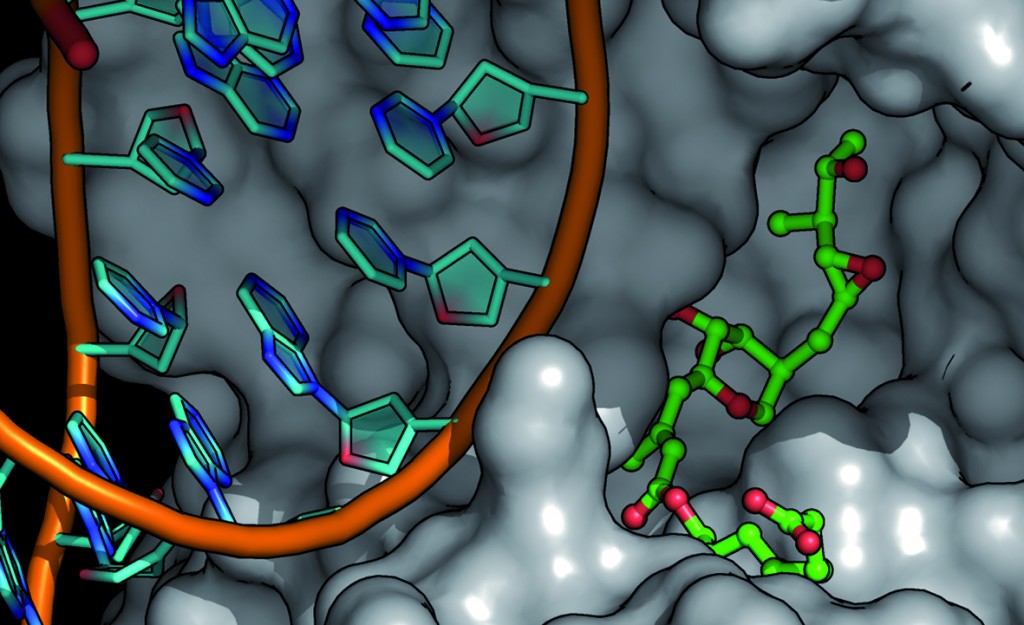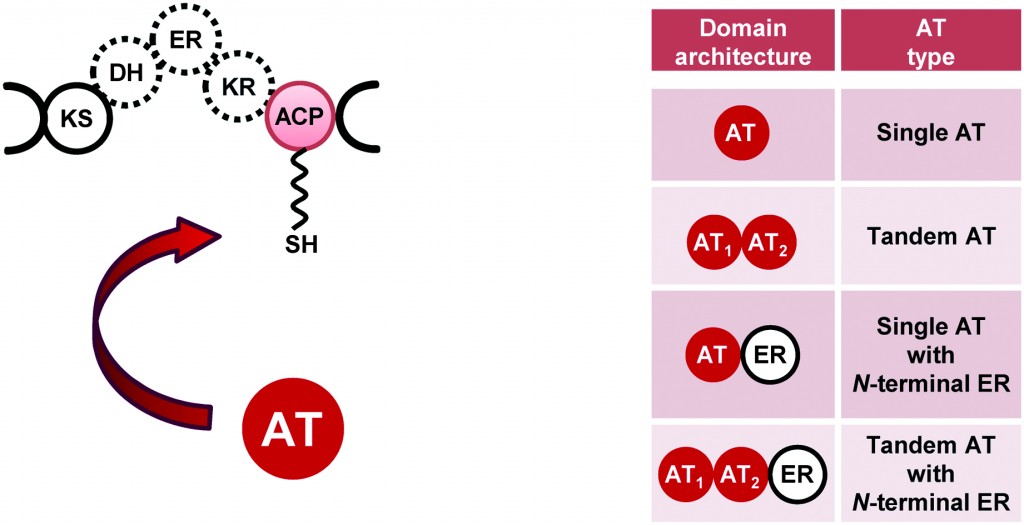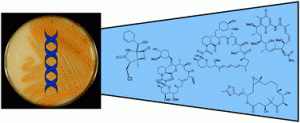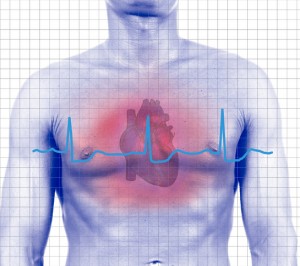This month sees the following articles in MedChemComm that are in the top ten most accessed:
Molecular obesity, potency and other addictions in drug discovery
Michael M. Hann
Med. Chem. Commun., 2011, 2, 349-355
DOI: 10.1039/C1MD00017A
Minisci reactions: Versatile CH-functionalizations for medicinal chemists
Matthew A. J. Duncton
Med. Chem. Commun., 2011, 2, 1135-1161
DOI: 10.1039/C1MD00134E
Squaric acid: a valuable scaffold for developing antimalarials?
S. Praveen Kumar, Paulo M. C. Glória, Lídia M. Gonçalves, Jiri Gut, Philip J. Rosenthal, Rui Moreira and Maria M. M. Santos
Med. Chem. Commun., 2012, 3, 489-493
DOI: 10.1039/C2MD20011B
Small molecules DNA methyltransferases inhibitors
Nadine Martinet, Benoît Y. Michel, Philippe Bertrand and Rachid Benhida
Med. Chem. Commun., 2012, 3, 263-273
DOI: 10.1039/C1MD00194A
Oxadiazole isomers: all bioisosteres are not created equal
Kristin Goldberg, Sam Groombridge, Julian Hudson, Andrew G. Leach, Philip A. MacFaul, Adrian Pickup, Ruth Poultney, James S. Scott, Per H. Svensson and Joseph Sweeney
Med. Chem. Commun., 2012, Advance Article
DOI: 10.1039/C2MD20054F
Development of novel ionic liquids based on ampicillin
Ricardo Ferraz, Luís C. Branco, Isabel M. Marrucho, João M. M. Araújo, Luis Paulo N. Rebelo, Manuel Nunes da Ponte, Cristina Prudêncio, João Paulo Noronha and Željko Petrovski
Med. Chem. Commun., 2012, 3, 494-497
DOI: 10.1039/C2MD00269H
A second generation MRI contrast agent for imaging zinc ions in vivo
Luis M. De León-Rodríguez, Angelo J. M. Lubag, Jorge A. López, Gabriel Andreu-de-Riquer, José C. Alvarado-Monzón and A. Dean Sherry
Med. Chem. Commun., 2012, 3, 480-483
DOI: 10.1039/C2MD00301E
Towards biocompatible nanovalves based on mesoporous silica nanoparticles
Ying-Wei Yang
Med. Chem. Commun., 2011, 2, 1033-1049
DOI: 10.1039/C1MD00158B
From the protein’s perspective: the benefits and challenges of protein structure-based pharmacophore modeling
Marijn P. A. Sanders, Ross McGuire, Luc Roumen, Iwan J. P. de Esch, Jacob de Vlieg, Jan P. G. Klomp and Chris de Graaf
Med. Chem. Commun., 2012, 3, 28-38
DOI: 10.1039/C1MD00210D
Inhibition of bromodomain-mediated protein–protein interactions as a novel therapeutic strategy
Silviya D. Furdas, Luca Carlino, Wolfgang Sippl and Manfred Jung
Med. Chem. Commun., 2012, 3, 123-134
DOI: 10.1039/C1MD00201E
Why not take a look at the articles today and blog your thoughts and comments below.
Fancy submitting an article to MedChemComm? Then why not submit to us today or alternatively email us your suggestions.















![GA[7]](https://blogs.rsc.org/md/files/2012/04/GA7.gif)